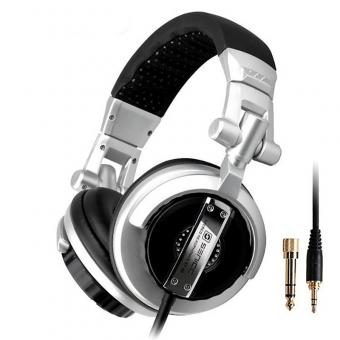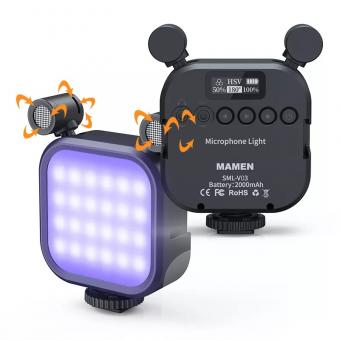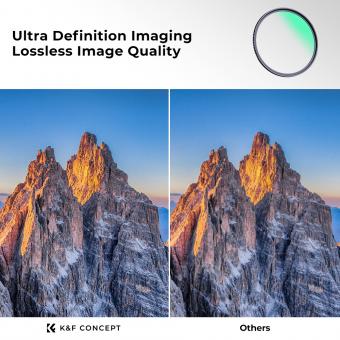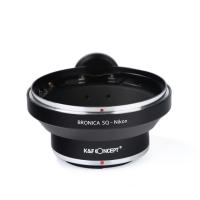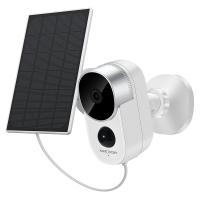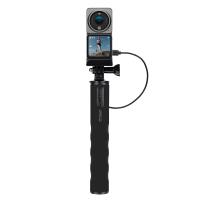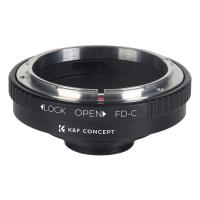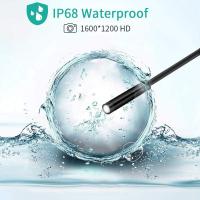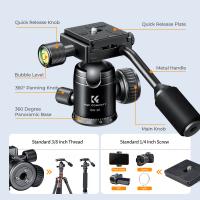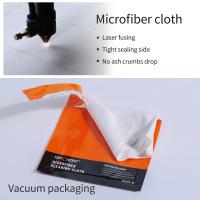What Can You See With A Stereo Microscope ?
With a stereo microscope, you can see objects in three dimensions with a greater depth of field compared to a regular microscope. This type of microscope is commonly used for examining small objects or specimens that require low magnification. It allows for a wider field of view and provides a more realistic perception of the object being observed. Some examples of what you can see with a stereo microscope include the surface details of insects, plants, rocks, or small electronic components. It is also useful for dissection work, jewelry making, or any task that requires precise manipulation and observation of small objects.
1、 Enhanced Depth Perception
With a stereo microscope, you can see objects with enhanced depth perception. This type of microscope, also known as a dissecting microscope or a stereoscopic microscope, provides a three-dimensional view of the specimen being observed. It achieves this by using two separate optical paths for each eye, allowing for binocular vision.
When looking through a stereo microscope, you can perceive the depth and spatial relationships of the specimen more accurately than with a regular compound microscope. This is particularly useful when examining objects that have height, such as insects, plants, or small electronic components. The stereo microscope allows you to observe the specimen from different angles, providing a more comprehensive understanding of its structure.
The enhanced depth perception provided by a stereo microscope is beneficial in various fields of study and industries. In biology, it aids in the dissection and examination of small organisms, allowing researchers to observe their anatomical features in detail. In electronics, it helps technicians and engineers inspect circuit boards and soldering connections with precision. In paleontology, it assists in the examination of fossils, enabling scientists to study their intricate structures and make accurate interpretations.
Moreover, the latest advancements in stereo microscope technology have further improved the depth perception capabilities. Some modern stereo microscopes come with advanced features such as zoom lenses, high-resolution cameras, and digital imaging software. These enhancements allow for even more detailed observations and documentation of the specimens.
In conclusion, a stereo microscope provides enhanced depth perception, allowing for a three-dimensional view of the specimen being observed. This capability is valuable in various scientific and industrial applications, enabling researchers, technicians, and scientists to examine objects with greater accuracy and understanding. The latest advancements in stereo microscope technology have further improved its capabilities, making it an indispensable tool in many fields.
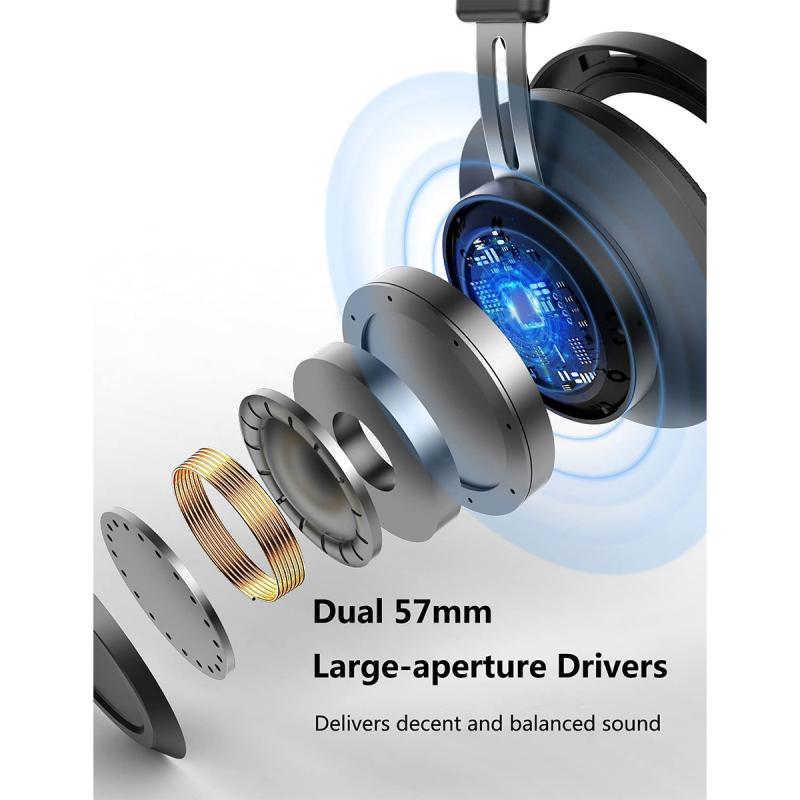
2、 Detailed Surface Texture
With a stereo microscope, you can observe and analyze detailed surface textures of various objects. This type of microscope, also known as a dissecting microscope or a stereoscopic microscope, provides a three-dimensional view of the specimen, allowing for a more comprehensive examination.
One of the primary applications of a stereo microscope is in the field of materials science. Researchers and engineers use it to study the surface texture of materials such as metals, ceramics, polymers, and composites. By magnifying the surface, they can observe the fine details, irregularities, and patterns that may affect the material's properties and performance. This information is crucial for quality control, product development, and troubleshooting.
In the field of biology, a stereo microscope is commonly used for examining small organisms, such as insects, plants, and microorganisms. It allows researchers to observe the intricate details of their anatomy, such as the structure of insect wings, the arrangement of plant cells, or the morphology of microorganisms. This information aids in species identification, understanding biological processes, and studying the effects of environmental factors on organisms.
Moreover, a stereo microscope is also useful in forensic science, where it helps investigators analyze trace evidence like hair, fibers, or fingerprints. By examining the surface texture of these materials, forensic scientists can gather valuable information that may assist in criminal investigations.
In recent years, advancements in technology have led to the development of digital stereo microscopes. These microscopes incorporate digital imaging capabilities, allowing for the capture and analysis of high-resolution images and videos. This enables researchers to document their observations, share findings, and perform quantitative analysis of surface textures.
In conclusion, a stereo microscope is a valuable tool for examining detailed surface textures. Its applications range from materials science to biology and forensic science. With the latest advancements in digital imaging, researchers can now capture and analyze surface textures more effectively, leading to further insights and discoveries.

3、 Fine Structure Observation
With a stereo microscope, you can observe a wide range of objects and materials with enhanced depth perception and three-dimensional imaging. This type of microscope is commonly used in various fields such as biology, geology, material science, and electronics.
One of the primary applications of a stereo microscope is in the field of biology. It allows for the examination of small organisms, such as insects, plants, and microorganisms, with greater detail. The stereo microscope provides a clear view of the external features and structures of these organisms, enabling researchers to study their behavior, anatomy, and morphology. Additionally, it is useful for dissection and examination of tissues, making it an essential tool in biological research.
In the field of geology, a stereo microscope is used to study minerals, rocks, and fossils. It enables geologists to observe the fine details of these specimens, such as crystal structures, mineral composition, and fossilized remains. This information helps in identifying and classifying different geological samples, as well as understanding their formation processes and geological history.
In material science, a stereo microscope is employed to examine the surface characteristics of various materials. It allows for the observation of surface defects, grain boundaries, and microstructures, which are crucial for quality control and material analysis. This type of microscope is particularly useful in industries such as metallurgy, semiconductor manufacturing, and forensic science.
Furthermore, a stereo microscope is utilized in electronics for the inspection and assembly of small electronic components. It enables technicians to examine circuit boards, solder joints, and other intricate parts with high magnification and clarity. This aids in troubleshooting, quality assurance, and precision assembly processes.
In recent years, advancements in stereo microscope technology have further enhanced its capabilities. Some models now offer digital imaging and video recording features, allowing for documentation and analysis of observed specimens. Additionally, there are stereo microscopes equipped with advanced lighting systems, such as LED ring lights or coaxial illumination, which provide better contrast and illumination control.
In conclusion, a stereo microscope is a versatile tool that allows for fine structure observation across various fields. Its ability to provide three-dimensional imaging and enhanced depth perception makes it invaluable for studying biological specimens, geological samples, materials, and electronic components. With ongoing technological advancements, the capabilities of stereo microscopes continue to expand, enabling researchers and professionals to explore and understand the microscopic world with greater precision and detail.

4、 Subcellular Examination
With a stereo microscope, one can observe and examine various subcellular structures and processes in great detail. This type of microscope, also known as a dissecting microscope, provides a three-dimensional view of the specimen, allowing for a more comprehensive analysis.
One of the primary applications of a stereo microscope in subcellular examination is the study of cell morphology. Researchers can observe the external features of cells, such as their shape, size, and surface characteristics. This is particularly useful in fields like cytology and histology, where the examination of cell structure is essential for understanding cellular function and identifying abnormalities.
Additionally, a stereo microscope enables the examination of subcellular components, such as organelles. By zooming in on the specimen, researchers can observe structures like mitochondria, Golgi apparatus, endoplasmic reticulum, and nucleus. This allows for the study of their organization, distribution, and interactions within the cell.
Furthermore, a stereo microscope can be used to investigate cellular processes. For example, researchers can observe mitosis, the process of cell division, and study the various stages involved. They can also examine cellular movements, such as cytoplasmic streaming or the motility of cilia and flagella.
In recent years, advancements in imaging technology have enhanced the capabilities of stereo microscopes. For instance, the integration of fluorescence microscopy techniques with stereo microscopes has enabled the visualization of specific subcellular structures or molecules. This allows for the study of dynamic processes, such as protein localization or cellular signaling pathways.
In conclusion, a stereo microscope is a valuable tool for subcellular examination. It provides a detailed view of cell morphology, organelles, and cellular processes, aiding in the understanding of cellular structure and function. The integration of advanced imaging techniques further expands the possibilities for studying subcellular components and dynamics.


